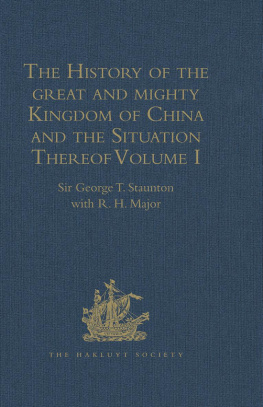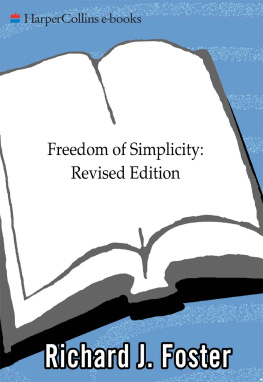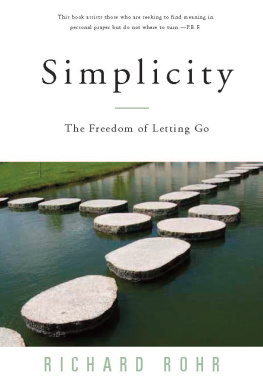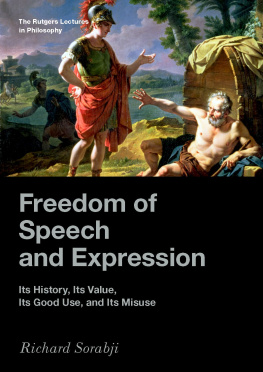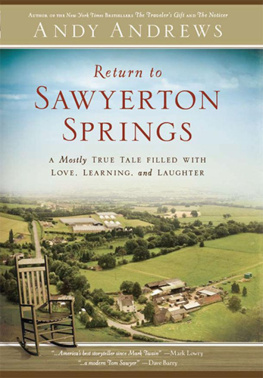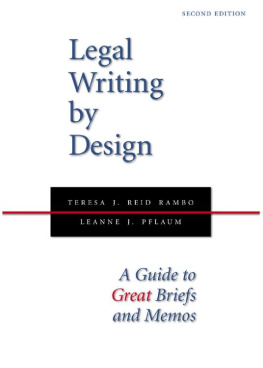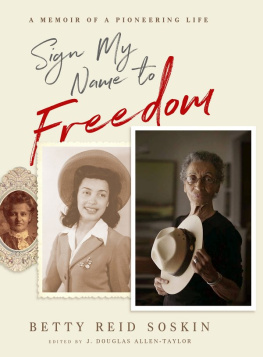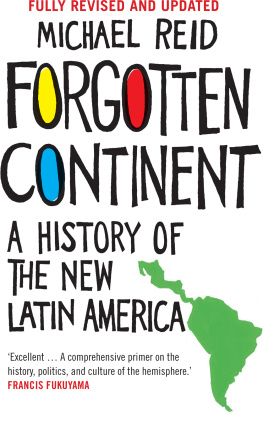Richard M. Reid - Freedom for Themselves (Volume 1 of 3) (EasyRead Super Large 24pt Edition)
Here you can read online Richard M. Reid - Freedom for Themselves (Volume 1 of 3) (EasyRead Super Large 24pt Edition) full text of the book (entire story) in english for free. Download pdf and epub, get meaning, cover and reviews about this ebook. year: 2009, publisher: ReadHowYouWant.com, genre: Politics. Description of the work, (preface) as well as reviews are available. Best literature library LitArk.com created for fans of good reading and offers a wide selection of genres:
Romance novel
Science fiction
Adventure
Detective
Science
History
Home and family
Prose
Art
Politics
Computer
Non-fiction
Religion
Business
Children
Humor
Choose a favorite category and find really read worthwhile books. Enjoy immersion in the world of imagination, feel the emotions of the characters or learn something new for yourself, make an fascinating discovery.

- Book:Freedom for Themselves (Volume 1 of 3) (EasyRead Super Large 24pt Edition)
- Author:
- Publisher:ReadHowYouWant.com
- Genre:
- Year:2009
- Rating:4 / 5
- Favourites:Add to favourites
- Your mark:
- 80
- 1
- 2
- 3
- 4
- 5
Freedom for Themselves (Volume 1 of 3) (EasyRead Super Large 24pt Edition): summary, description and annotation
We offer to read an annotation, description, summary or preface (depends on what the author of the book "Freedom for Themselves (Volume 1 of 3) (EasyRead Super Large 24pt Edition)" wrote himself). If you haven't found the necessary information about the book — write in the comments, we will try to find it.
Richard M. Reid: author's other books
Who wrote Freedom for Themselves (Volume 1 of 3) (EasyRead Super Large 24pt Edition)? Find out the surname, the name of the author of the book and a list of all author's works by series.
Freedom for Themselves (Volume 1 of 3) (EasyRead Super Large 24pt Edition) — read online for free the complete book (whole text) full work
Below is the text of the book, divided by pages. System saving the place of the last page read, allows you to conveniently read the book "Freedom for Themselves (Volume 1 of 3) (EasyRead Super Large 24pt Edition)" online for free, without having to search again every time where you left off. Put a bookmark, and you can go to the page where you finished reading at any time.
Font size:
Interval:
Bookmark:
All rights reserved
the Fred W. Morrison Fund for Southern Studies
of the University of North Carolina Press.
Designed by Heidi Perov
Set in Fournier and Clarendon
Manufactured in the United States of America
The paper in this book meets the guidelines for permanence and durability of the Committee on Production Guidelines for Book Longevity of the Council on Library Resources.
Reid, Richard M., 1943
Freedom for themselves : North Carolinas Black soldiers in the Civil War era / Richard M. Reid.
p. cm.(Civil War America)
Includes bibliographical references and index.
ISBN 978-0-8078-3174-8 (cloth: alk. paper)
1. United StatesHistoryCivil War, 18611865Participation, African American. 2. North CarolinaHistoryCivil War, 18611865 Participation, African American. 3. African American soldiersNorth CarolinaHistory19th century. 4. North CarolinaHistoryCivil War, 18611865Regimental histories. 5. United StatesHistoryCivil War, 18611865Regimental histories. 6. United States. Army. Colored Infantry Regiment, 35th (18641866) 7. United States. Army. Colored Infantry Regiment, 36th (18641866) 8. United States. Army. Colored Infantry Regiment, 37th (18641867) 9. United States. Army. Colored Heavy Artillery Regiment, 14th (18641865) I. Title.
E540.N3R45 2008
973.7'415dc22
2007029358
who accepts me as a curmudgeon
Raising and Training the Black Regiments
A Fine, Fighting Regiment
Issues of Civilized Warfare
A Unit of Last Resort
Black Workers in Blue Uniforms
Families of the Soldiers during the War
Service in the Postwar South
Black Veterans in a Gray State
Font size:
Interval:
Bookmark:
Similar books «Freedom for Themselves (Volume 1 of 3) (EasyRead Super Large 24pt Edition)»
Look at similar books to Freedom for Themselves (Volume 1 of 3) (EasyRead Super Large 24pt Edition). We have selected literature similar in name and meaning in the hope of providing readers with more options to find new, interesting, not yet read works.
Discussion, reviews of the book Freedom for Themselves (Volume 1 of 3) (EasyRead Super Large 24pt Edition) and just readers' own opinions. Leave your comments, write what you think about the work, its meaning or the main characters. Specify what exactly you liked and what you didn't like, and why you think so.

